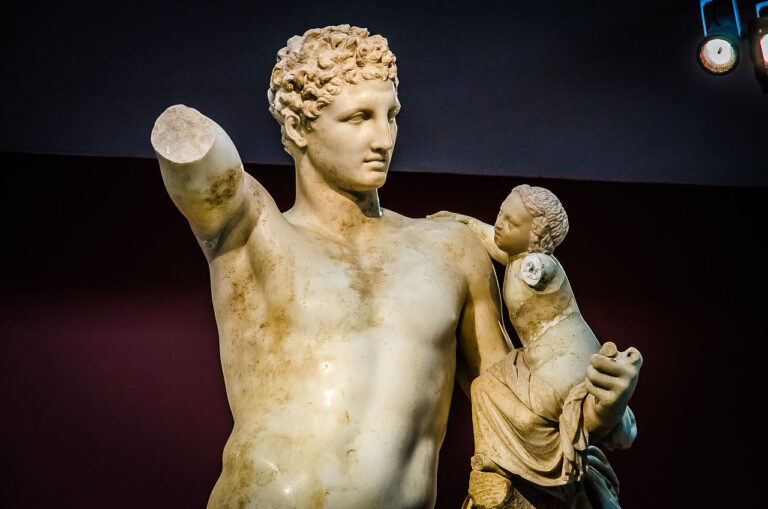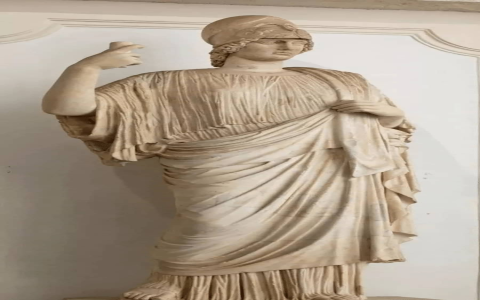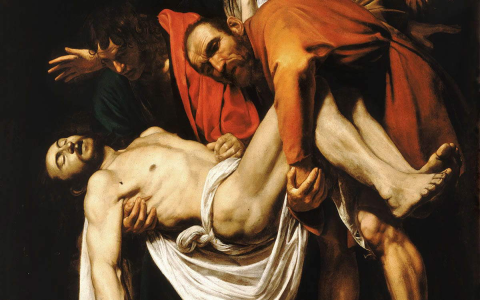If you’ve ever walked into a museum and seen the immaculate white ancient statues, you’ve probably been captivated by their quiet power.These statues look a little mutilated, and some don’t even have arms or heads, but they still exude a presence that can’t be ignored.Perhaps you have wondered: what are the names of these statues?What stories lie behind them?
As someone interested in history, I’ve been thinking about these questions lately.When I opened a book about ancient Greek art, I realized that I knew nothing about these famous statues.It was a bit embarrassing and prompted me to delve deeper into their history and significance.
Start with the names: recognize these ancient Greek statues.
At first I thought it would be as simple as Googling “famous Greek statues” and I should be able to find the answer.It turned out to be much more complicated than I thought.A whole bunch of names popped up on the page: Zeus, Apollo, Hermes …… and combinations of words like The Discus Thrower and Laocoon and His Sons.The names sounded both strange and mysterious, as if each statue hid an ancient story behind it.
To clear my mind, I decided to categorize them:

《The Venus de Milo》 (aka Aphrodite, the goddess of love and beauty) .
《The Discus Thrower》 (a classic that shows the beauty of human strength and movement) .
《Laocoon and His Sons 》(a tragic scene depicting divine punishment)
《Hermes Holding the Infant Dionysus 》 (a representation of the combination of tenderness and sanctity)
Doriforos the Spear Bearer (a symbol of perfect proportions).
In this way, I realized that each statue actually has its own unique expression.They are not just images carved out of stone, but more like tools used by the ancients to tell stories and convey ideas.
Statues are more than just decorations: they are carriers of information.
As I learned more, I came to realize that these Greek statues were not just decorative works of art.They carried the ancient Greeks’ understanding of the world, life, and the gods.For example:
《The Venus of Milo》 Although it has lost both arms, it still represents the power of love and beauty.
《The Discus Thrower》 demonstrates the limits of the human body and the spirit of competition, a tribute to sport and perfection.
《Laocoon and His Sons 》, on the other hand, tells us with a pained expression that there is a price to pay for offending the gods.
《The Spear Bearer》 emphasizes the balance between the body and the mind, reflecting the ancient Greeks’ pursuit of “ideal beauty”.
These statues are like three-dimensional placards, telling people what to respect and what to be wary of.They are not cold stones, but cultural symbols with warmth and emotion.
Why are Greek statues important?How do they influence our lives today?
You may ask: What does knowing the names and background of these statues mean to us modern people?
In fact, understanding these Greek statues not only helps us to better appreciate art, but also gives us a deeper understanding of the lineage of Western culture.For example:
《The Venus of Milo》 inspired countless later artists to portray female beauty;
《The Discus Thrower》 became one of the symbols of the Olympic spirit;
《Laocoon 》, on the other hand, has been widely quoted in literature and movies as a representation of tragedy and fate.
More importantly, these statues have taught us that beauty, strength, wisdom, and faith are not abstract concepts; they can be expressed in concrete forms.And these forms are what we are still learning and passing on today.
Studying Greek statuary is like opening a door to the past.
Before I started studying these statues, they were just museum pieces to me.But now, whenever I see a Greek statue, I unconsciously think about its name, its story, the message it’s trying to convey.
For example, when you see a statue of a woman without arms, you don’t just say, “She’s beautiful,” but you think of her as Aphrodite, or Venus, the embodiment of love and beauty.Her presence reminds us that beauty comes not only from the outside, but also from the emotion and attraction inside.
Then, for example, when you see a statue of a muscular athlete in frozen motion, you know that it wasn’t just a random carving, but rather the ancient Greeks’ ultimate worship of the human body’s potential.
Summary: To understand Greek statues is to understand a part of human civilization.
To summarize, these Greek statues are not just a piece of marble we see now, they are actually the “cultural codes” left by the ancient Greeks to future generations.Each statue has its own history, meaning and value.By understanding their names and backgrounds, we can better understand the way of thinking of the ancient people, but also more deeply feel the charm of art and culture.
So, the next time you walk into a museum or see a picture of a Greek statue online, try to remember its name and learn its story.You will realize that these statues are not far away, they are all around us, silently telling the great legends belonging to mankind.




